Tough measures to tidy up rash mining
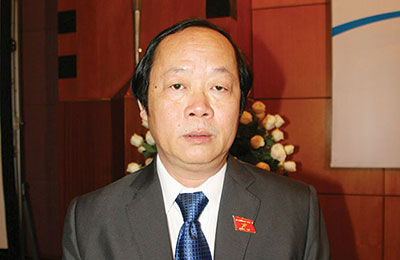 How have Vietnam’s natural resources been exploited?
How have Vietnam’s natural resources been exploited?
The mineral exploitation and processing industry is one of the country’s key economic sectors. Despite its major contribution to the country’s economic growth, it has also had a huge negative impact on the environment and society.
Despite anecdotal evidence, there are no exact figures related to the total amount of waste discharged from some 1,000 mines and mine spots nationwide. Such waste not only has polluted the environment, but has deformed landscapes and affected the geological characteristics of these areas.
Metal exploitation has also contributed to the destruction of the environment due to extracted gravel, dust, and untreated waste water. The environment has also been devastated by the sourcing of building materials and other materials for making fertilisers and the extraction of limestone, granite, clay, sand and gravel. The majority of mine spots use explosives and other obsolete technologies that cause major dust pollution that far outstrips permissible limits.
Vietnam’s mineral exploitation and processing industry development remains rather limited, with failure in the radical exploitation of lean ores and weaknesses in the extraction process of useful substances from ores. The country’s natural resources have failed to be properly and effectively used.
What have lawmakers done to resolve this situation?
The existing Law on Environmental Protection (LEP) issued in 2005 does not include tough enough punishments for those that flout the environment, although it embraces regulations on the exploitation of natural resources and minerals in combination with environmental protection.
At present, the government’s ongoing investment decentralisation policy has enabled localities to massively license mineral exploration and exploitation projects, making it very difficult for the government and even localities to control the operations of these projects. Consequently, the environment has been increasingly polluted.
In response the government is drafting a new LEP, which is currently undergoing scrutiny by the National Assembly. The new LEP will also cover regulations on environmental protection for mineral exploration and exploitation operations. The new LEP may work in combination with other laws to reconsider the investment decentralisation of mineral exploration and exploitation projects.
The new LEP will also inherit and promote some regulations found in the existing law, in which the government shall have to boost the planning and zoning of mineral exploration and exploration. The government would need to carefully examine and classify all projects before deciding which projects will be exploited by the government and by localities.
Additionally, under the new LEP, investors shall also have to undertake an environmental impact assessment report (EIA) as already stipulated in the existing LEP. However, under the draft of the new LEP, investors are required to conduct two EIAs, including a preliminary EIA and a conclusive EIA. Agencies will scrutinize the preliminary EIA. If this report is found to be feasible, the final EIA will be concluded.
This regulation is aimed to help enterprises save costs in the event that they have spent money undertaking an EIA while perhaps their project cannot be undertaken due to the impact on the environment.
There have been mixed opinions that the preliminary EIA should be encouraged and should be a compulsory regulation. However, this issue is under discussion because some wonder whether to burden firms with the carrying out of this preliminary EIA – while they still have to conduct a full EIA for their projects, and that if enterprises are encouraged to make this preliminary EIA, they can do or not do it.
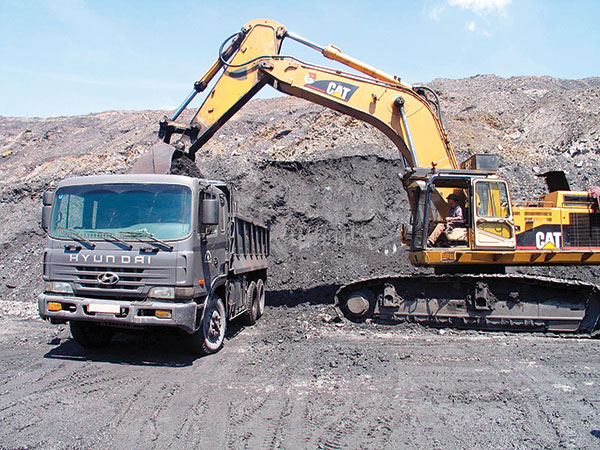
The country’s rich natural resources have not been effectively exploited and used Photo: Duc Thanh
Do you think the new LEP should combine with other laws to empower the prime minister to approve the implementation of mineral exploration and exploitation projects?
I think this is a good idea. The prime minister should be entitled to approve the implementation of mineral exploration and exploitation projects. It is also important to reconsider the decentralisation of investment licensing for these projects. The government would need to reconsider which projects can be licensed by them, by ministries and by localities, and review all mineral planning and zoning.
Also, mineral exploration and exploitation must also continue being considered to be subject to specific conditions under the existing Law on Investment. Project owners must be qualified to run mining and minerals. This will also contribute to full enforcement of the new LEP.
How will mineral regulation violators be punished in the new LEP?
Currently the punishments are prescribed in the Law on Fines regarding environmental issues, under which the maximum fine is VND2 billion ($95,200) for organised violators and VND1 billion ($47,600) for individual violators.
Although the VND2 billion ($95,200) fine is said to be low, violators also suffer from heavy punishments under the new LEP, like operation shut-downs or the relocation of production establishments to another location, being forced to repair the damage they have caused and provide compensation for affected people and organisations.
Under the new LEP, the frequency of environmental protection testing and inspecting will be doubled to twice a year. Two inspections a year is not a small number, because enterprises are also inspected by other agencies such as the environmental police, and central and local agencies, so environmental inspections are going to be more thorough.
The public will also be entitled to access environmental data and information from state management agencies and enterprises.
We have also proposed that under the Law on Inspection, there should be only one periodical inspection a year, while another spot check could take place at any other time.
Have there been any differences of opinion over the amended LEP draft, particularly regarding mineral exploration and exploitation?
No, there are no different opinions about that because the National Assembly members almost share the same view. However, many deputies require that the new LEP must clarify punishments and some relevant problems which overlap issues covered by the Penal Code. For example, under the current regulation, those who are affected by environmental pollution can sue violators within two years from the time the violator began causing pollution. However, the National Assembly’s Committee for Science, Technology and Environment suggests that the new LEP stipulate that the victims can sue violators within two years from the time the pollution was discovered.
The complete enforcement of laws is generally a major problem, and the same is true in terms of the current LEP. What do you think must be done to ensure effective and full enforcement of the new LEP?
The National Assembly’s Committee for Science, Technology and Environment is carefully scrutinising this new law.
Due to the immediate necessity to effectively implement environment protection, we have devised a draft decree on guiding the implementation of the new LEP. This decree must be quite practical and feasible. After this decree is enacted, a circular guiding the decree will also be issued soon.
What effects do you expect after the new LEP takes effect?
This new LEP includes new regulations on mineral exploration and exploitation, and environmental protection. We hope the new law proves durable and has a longer lifespan than the current legislation. When drafting the new law, the Ministry of Natural Resources and Environment referred to environmental laws from eight other countries to select feasible regulations suitable to Vietnam’s environmental management situation.
What the stars mean:
★ Poor ★ ★ Promising ★★★ Good ★★★★ Very good ★★★★★ Exceptional
Latest News
More News
- Going green to save a bundle (June 08, 2015 | 10:00)
- Green buildings: the rising trend (June 02, 2015 | 09:41)
- Green buildings – key to sustainable urban development in Vietnam (May 18, 2015 | 17:00)
- Feed-in tariffs continue to haunt green energy prospects (December 15, 2014 | 10:47)
- Building material types intrinsic to green ratings (December 09, 2014 | 11:56)
- Turning an eco- smart dream into reality (December 09, 2014 | 11:55)
- Green products enjoy a growing presence at Vietbuild Hanoi 2014 (December 01, 2014 | 10:06)
- Country profits from green building (November 24, 2014 | 11:02)
- Firms flout enviroment laws (November 17, 2014 | 10:48)
- Energy efficient sticks and carrots (November 10, 2014 | 15:30)

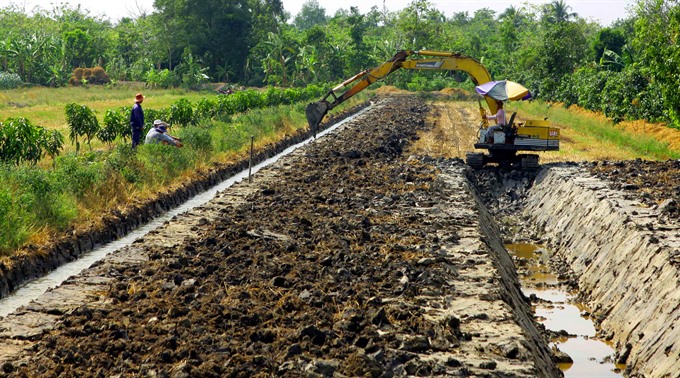
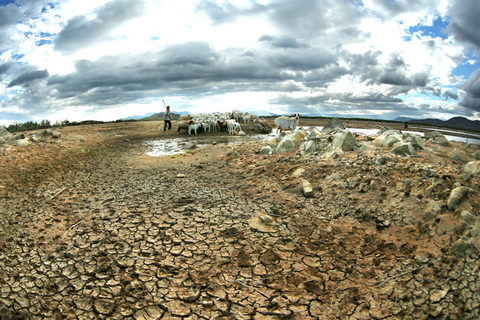
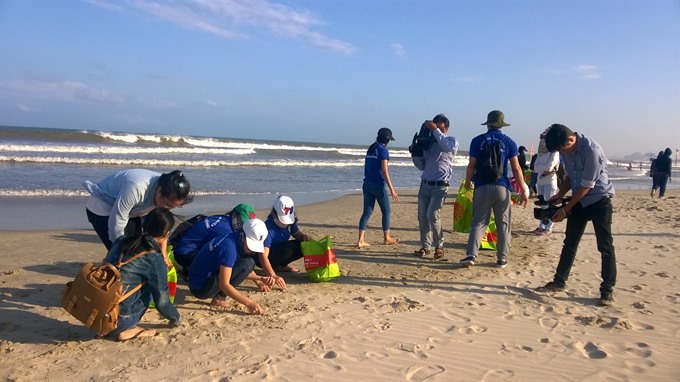
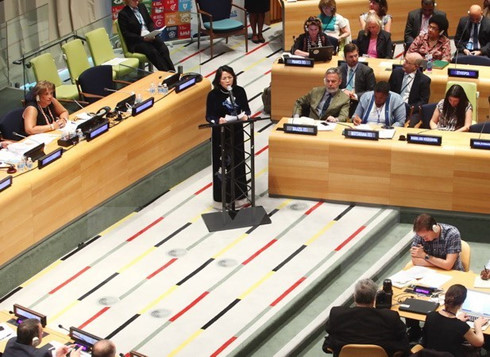

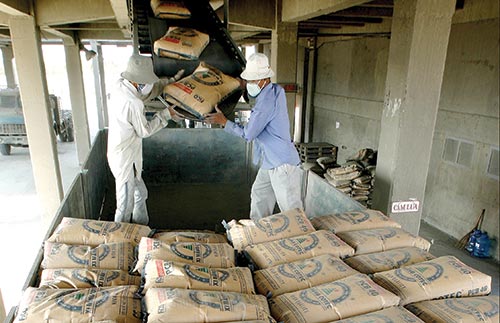




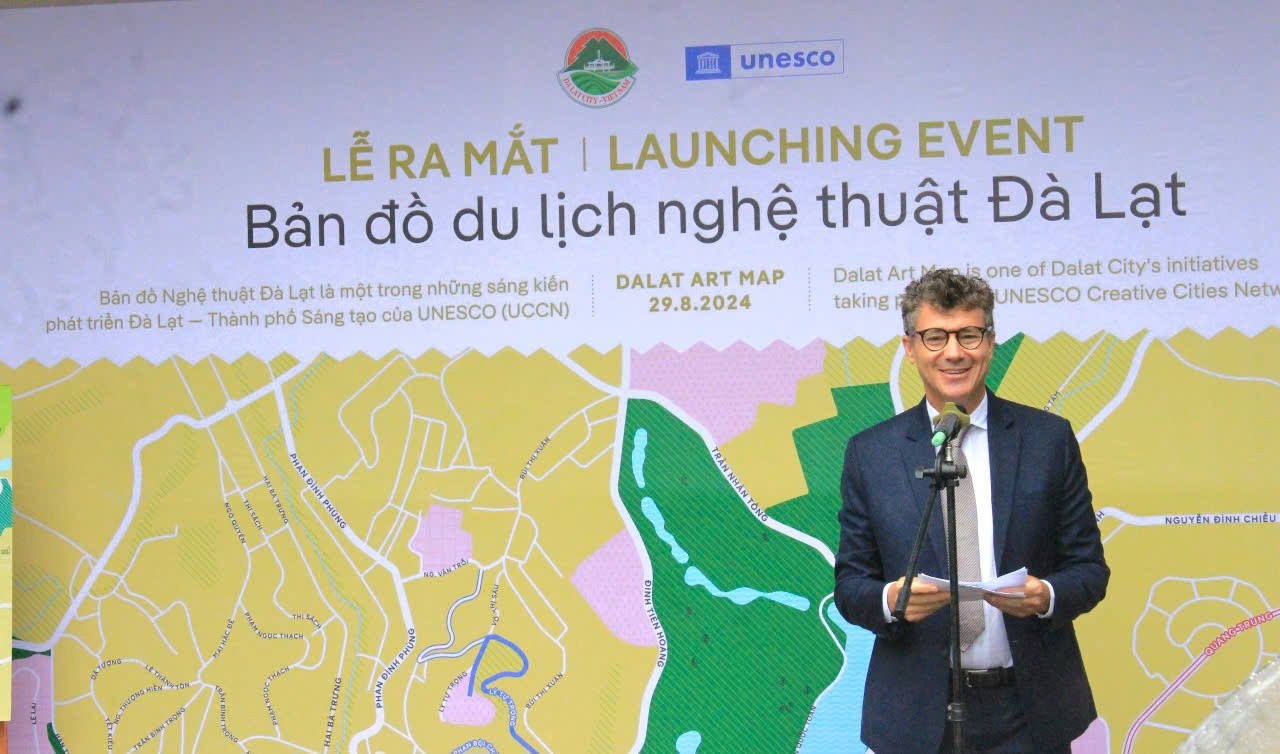
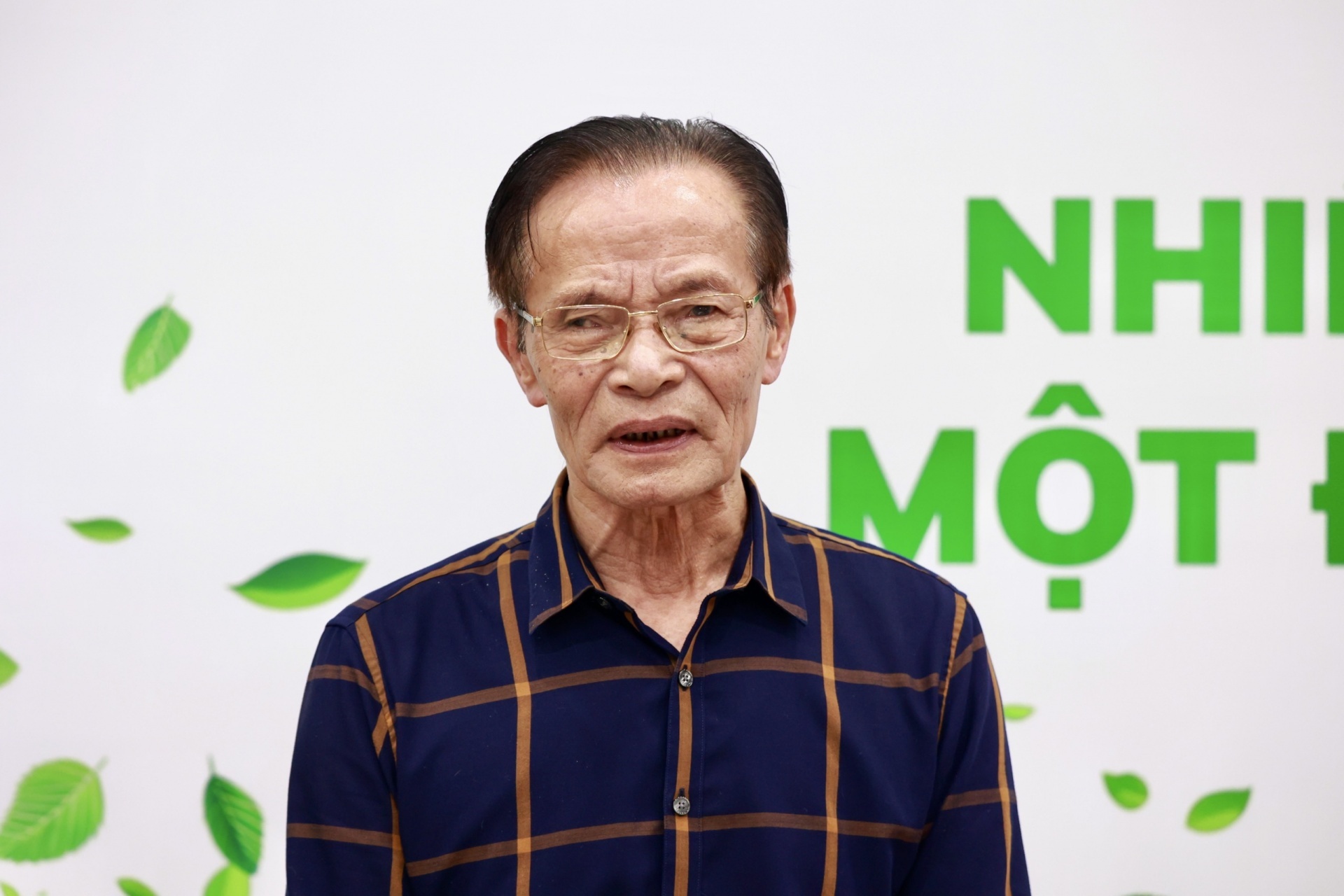
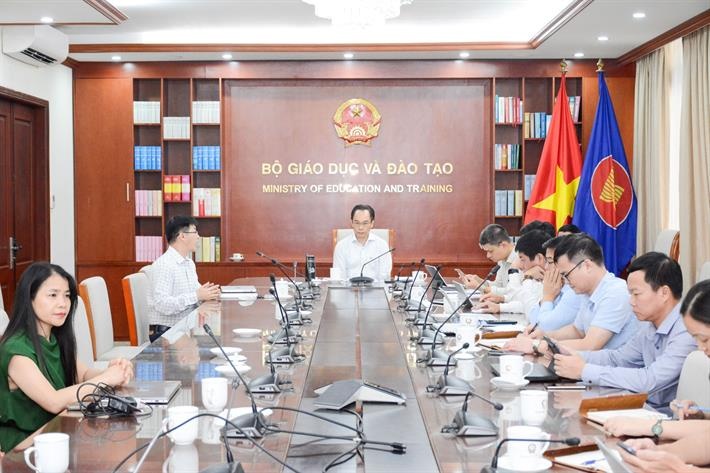
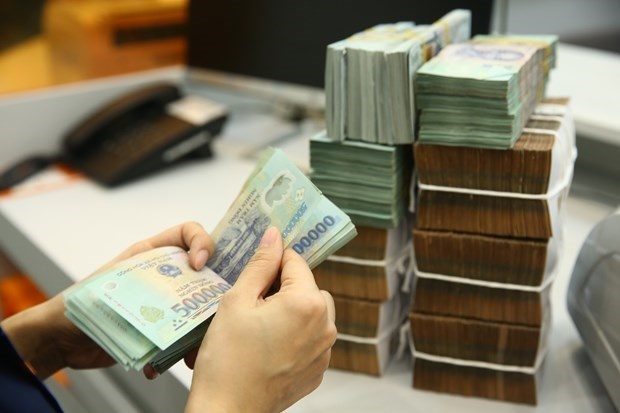



 Mobile Version
Mobile Version